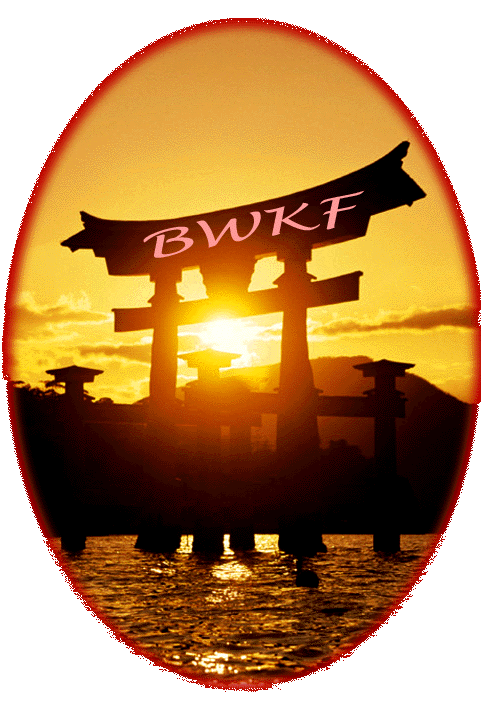|
|
|

In Okinawa around 1477 a new Sho dynasty was established. The new king, Sho Shin, in order to deal with rebellious warlords banned the carrying of weapons. Much later Okinawa was invaded by the Satsuma Clan from Japan who also re-enforced this law resulting with the native Okinawans developing their hands and feet as lethal weapons, later to be known as Karate around 1905.
During the nineteenth century the three main styles of the Okinawan martial art, te, were known as Shuri te, Naha te, and Tamari te for the towns in which they developed.
In 1868 a Karate master named Gichin Funakoshi was born. He was taught Okinawan te by master Azato. Later Funakoshi developed his own style known as Shotokan introducing this to Japan at a demonstration in 1912.
Shotokan is known for it’s deep stances using considerable muscle power on delivery to gain maximum strength.
In 1892 in Shimohate City, Japan, Hironori Ohtsuka was born.
He studied Ju Jitsu under Chojiro Ebashi later studying Shindo Yoshin Ryu Ju Jitsu in 1905 by Tatsusaburo Makayama.
In 1922 at thirty years old he began to study Shotokan under Gichin Funokoshi. Ten years later Ohtsuka broke away to form his own style. For a number of years his style had no name, then at a martial arts festival in 1939 he was asked to register a name for his art, which he did calling it Wado.
Ohtsuka Sensei drew heavily on his knowledge of Ju Jitsu combining it with karate. The amalgamation of these two martial arts with the yielding principles of Ju Jitsu, the non-opposition to strength, and traditional Okinawan karate techniques give a softness to the style that is unique in Japanese karate. This style is thought to be the fastest of all, using light fast techniques and higher stances than Shotokan. Ohtsuka acknowledged three vital elements in the study of Karate, physical strength, spirit and heart. In 1972 he was awarded the title of Meijin, the greatest title possible, the first man in history to receive this honour.
Ohtsuka Sensei died in 1982 but his teachings are still practised and the key elements of Wado still taught throughout the world.
IE: Inasu ( counter attacking simultaneously )
Nagasu ( evasion )
Noru ( no resistance )
Taisabaki ( body control )
Kawashi ( avoiding )
Nagashi ( sweeping away )
Nogare ( escaping )
Irimi ( entering )